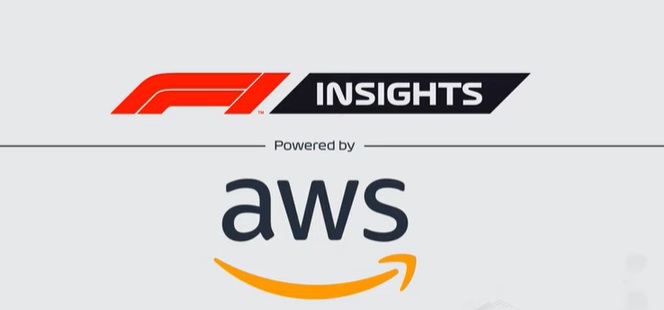As part of the Formula 1 70th anniversary year, the pinnacle of motorsport has been working with Amazon Web Services (AWS) to compare driver speeds throughout the ages and define an ultimate ranking of the fastest drivers ever. Fastest Driver, the latest F1 Insight powered by AWS, is a unique tool that uses machine learning technology to provide an objective, data-driven ranking of all drivers from 1983 through present day, by removing the F1 car differential from the equation.
Ranked by qualifying speed – the fastest that all drivers traverse the course during a Grand Prix weekend – three-time World Champion Ayrton Senna came out on top, with the Brazilian closely followed by seven-time World Champion, Michael Schumacher with a time differential of +0.114 seconds to Senna, and current World Champion Lewis Hamilton rounding out the top three, achieving a relative time of +0.275 seconds.

By comparing teammates in qualifying sessions, the machine learning-based tool focuses on a driver’s performance output, building a network of teammates across the time-range, all interlinked, and therefore comparable. By comparing laptimes between teammates only, the Fastest Driver algorithm effectively normalises for car and the team performance. Overall, this builds up a picture of how drivers from different generations compare, by analysing the purest indication of raw speed – the qualifying lap.
As a part of F1 Insights, it also provides a unique understanding into a similar exercise F1 teams undergo to define their target drivers for upcoming seasons, but is here applied over a 37-year period of F1 history, despite the differences in rules and machinery.
By using AWS’s machine learning technology, data scientists from F1 and the Amazon Machine Learning (ML) Solutions Lab have for the first time in history created a cross-era, objective, complex, data-driven ranking of driver speed – the Fastest Driver insight.
The output from the Fastest Driver insight is a dataset with rankings based on speed (or qualifying times) in descending order of outputs including: Driver, Rank (integer), and Gap to best (seconds, to 0.001s).
The full top 10 driver rankings includes current F1 stars Max Verstappen, Charles Leclerc, and Sebastian Vettel, former World Champions Fernando Alonso and Nico Rosberg, and fan favourites Heikki Kovalainen and Jarno Trulli. Further drivers will be announced on F1.com in the coming weeks as the season continues and more data is analysed.
A detailed explainer video and analysis of the data can be found here..
| Ranking | Driver | Timings |
| 1. | Ayrton Senna | 0.000 |
| 2. | Michael Schumacher | 0.114 |
| 3. | Lewis Hamilton | 0.275 |
| 4. | Max Verstappen | 0.280 |
| 5. | Fernando Alonso | 0.309 |
| 6. | Nico Rosberg | 0.374 |
| 7. | Charles Leclerc | 0.376 |
| 8. | Heikki Kovalainen | 0.378 |
| 9. | Jarno Trulli | 0.409 |
| 10. | Sebastian Vettel | 0.435 |
Dean Locke, Director of Broadcast & Media F1 said: “This has been such an exciting project to work on, stripping back the man from the machine and looking at a wealth of data of each driver throughout history. With the help of AWS we have been able to address something that has been asked for many years and rank drivers by the one raw attribute of pure speed in one flying lap, across the ages, regardless of how good their car is or isn’t.”
Rob Smedley, Director of Data Systems, F1 said: “Within the team environment this type of modelling is used to make key decisions on driver choices. As drivers are more often than not the most expensive asset of the team it is important that the selection process is as robust as possible. A process such as this therefore would be deployed by the F1 team’s strategists in order to present the most objective and evidence-based selection possible. Fastest Driver enables us to build up a picture of how the drivers compare, by analysing the purest indication of raw speed, the qualifying lap – and it’s important to note this pure speed is the only element of the vast driver armoury we are analysing here, to showcase the quickest drivers ever, which is very exciting.”
Dr. Priya Ponnapalli, Principal Scientist and Senior Manager, Amazon ML Solutions Lab, AWS, said: “We’re excited to be able to continue to collaborate with an organisation like F1, which has such a data-rich catalogue of information. With machine learning, there are a number of opportunities to apply the technology to answer complex problems, and in this case, we hope to help settle age-old disputes with fans by using data to inform decisions. For us at AWS, it’s exciting to see machine learning being used in a way that everyone can relate to.”
